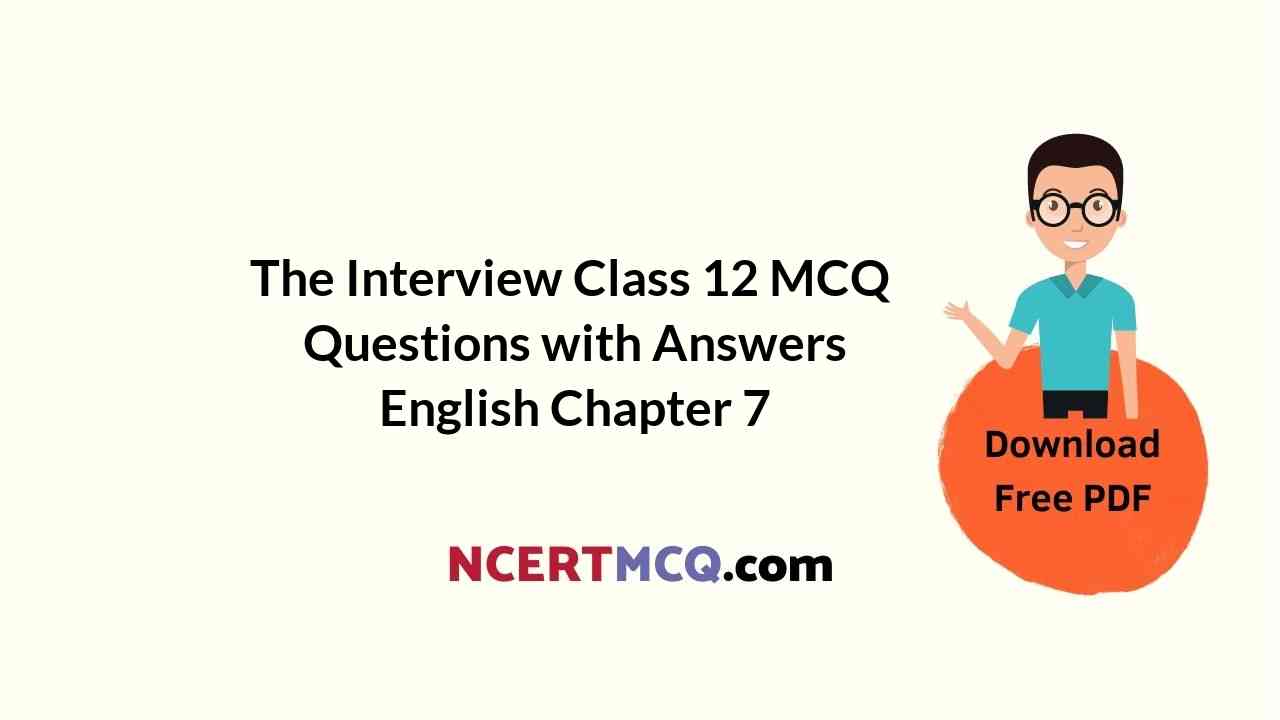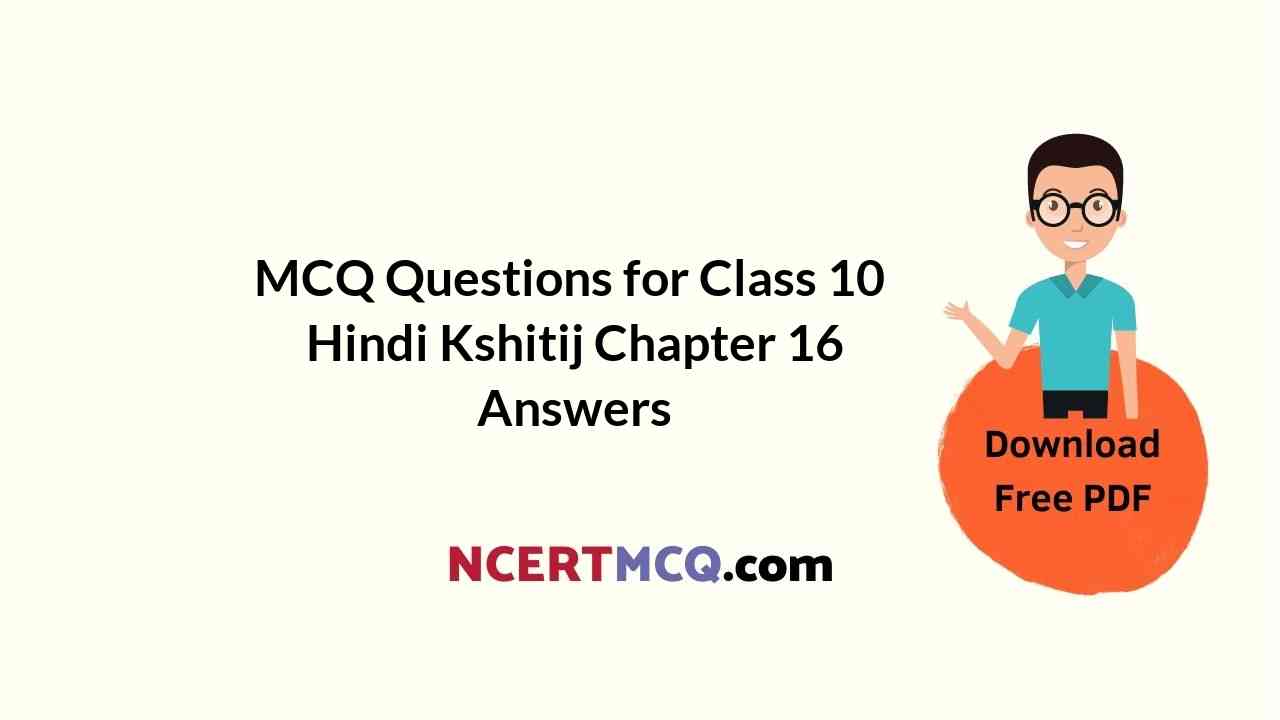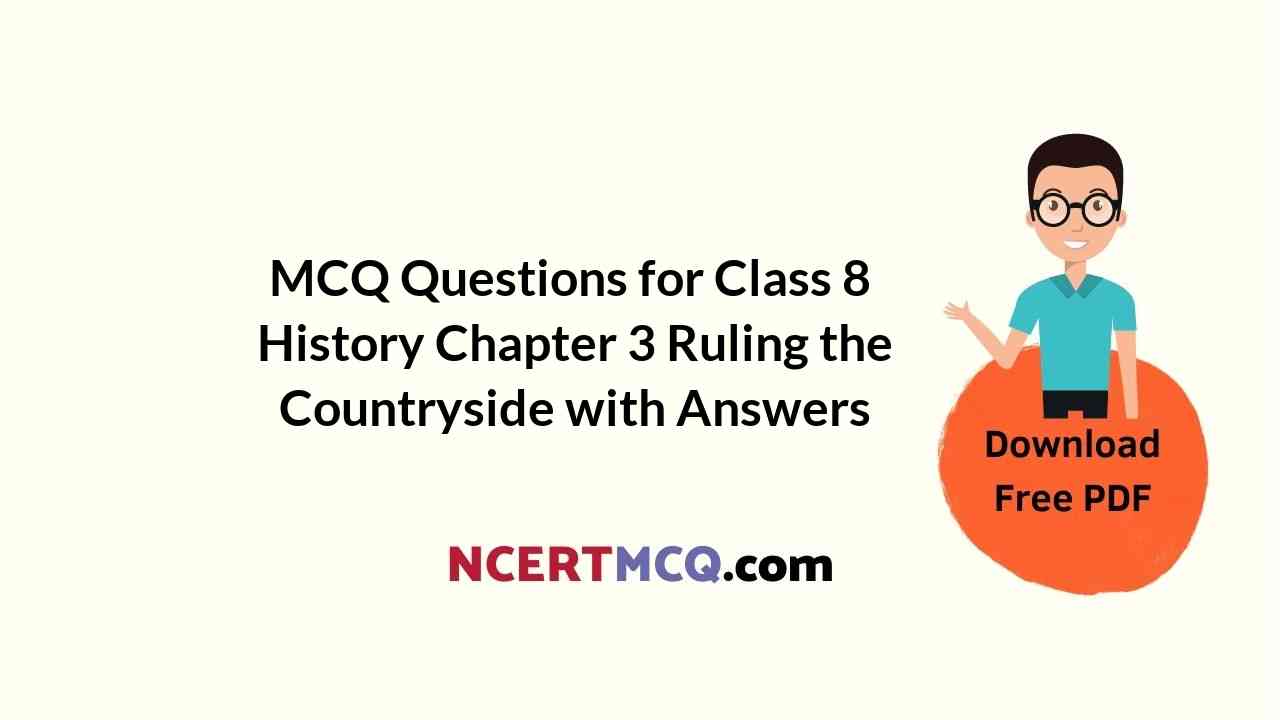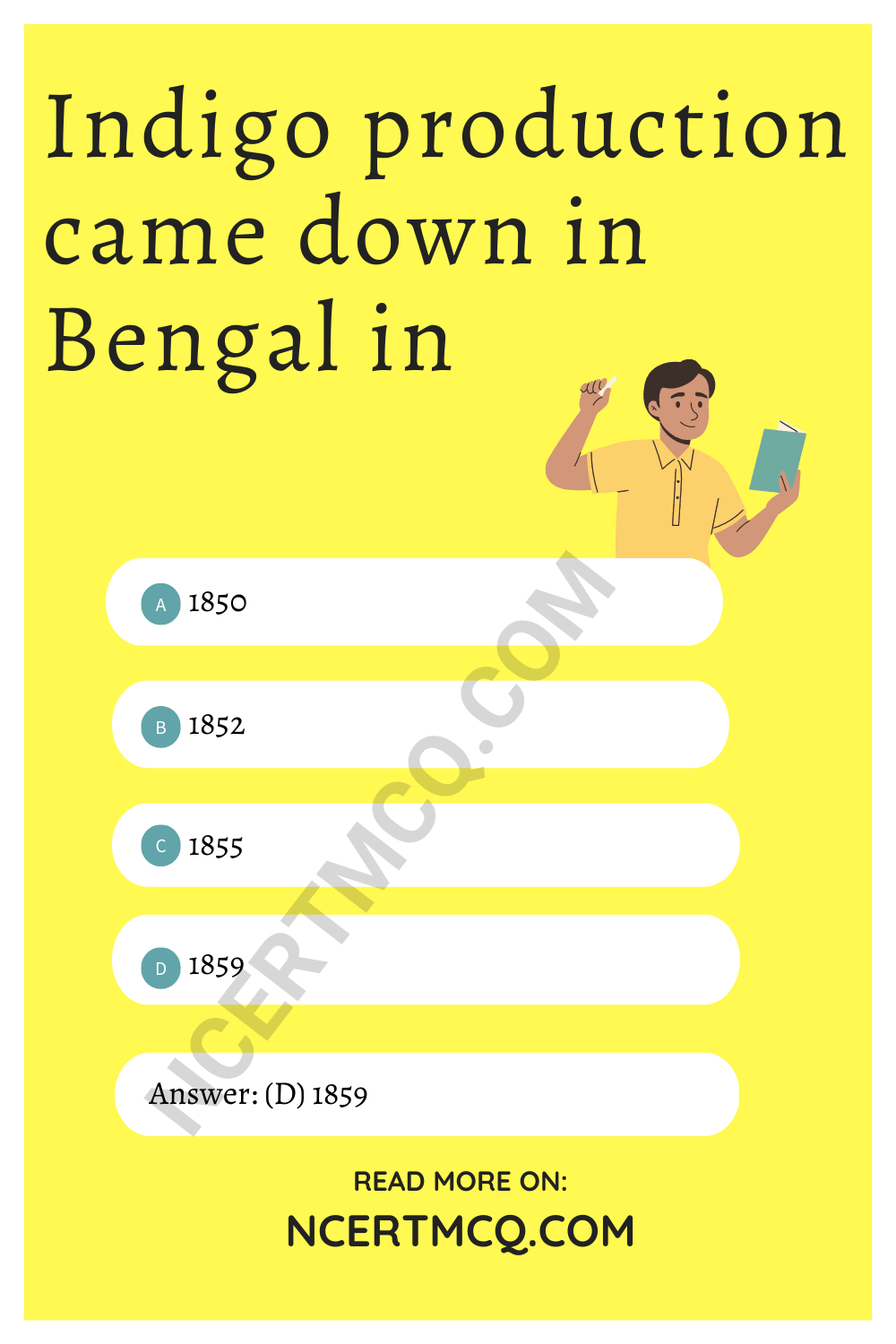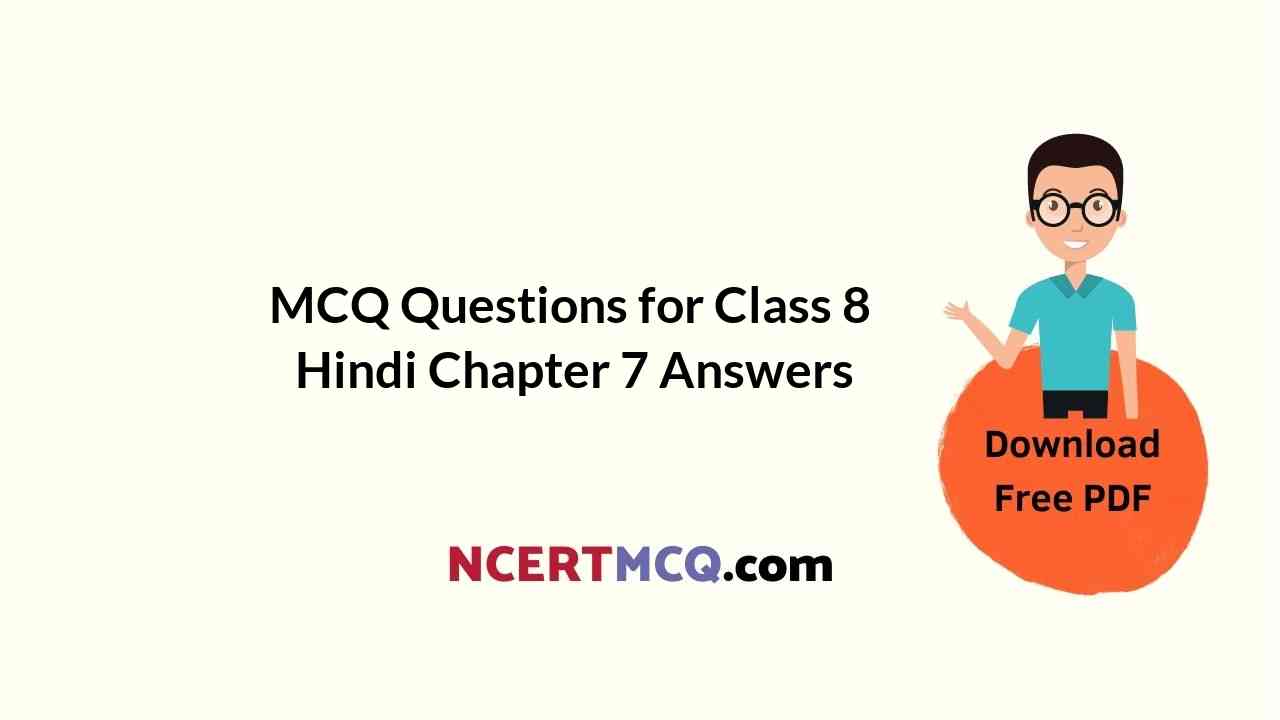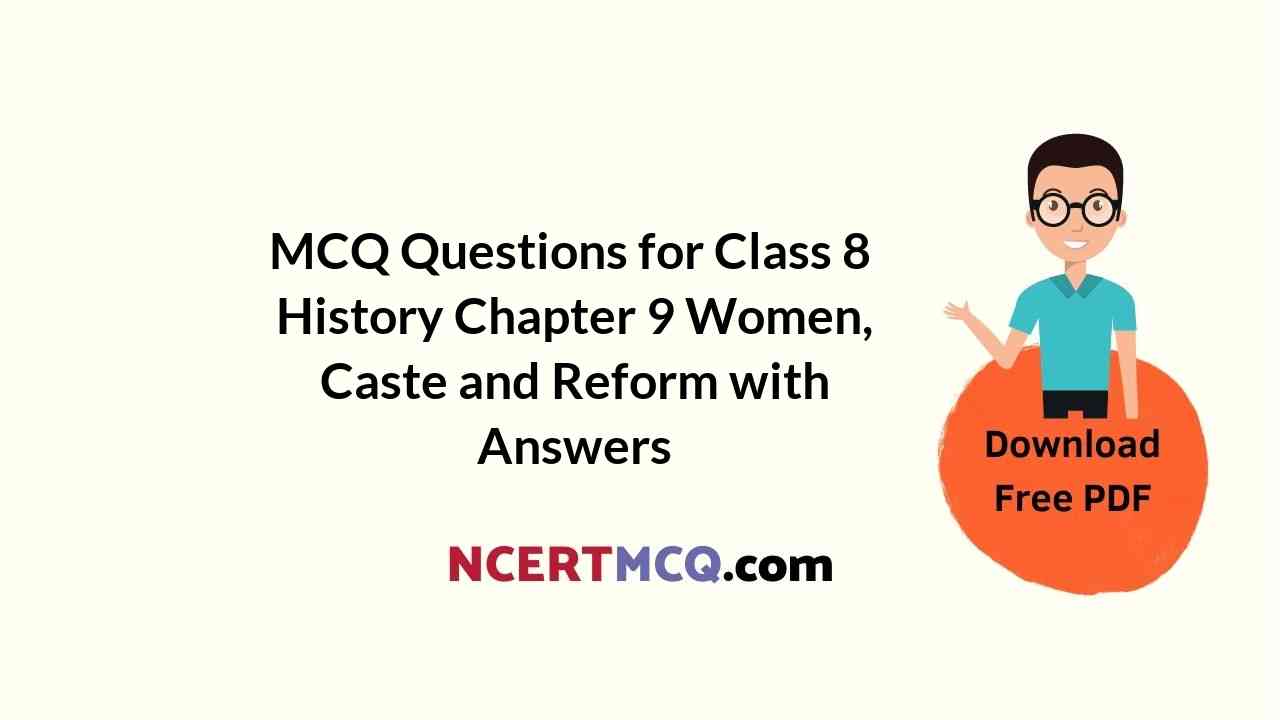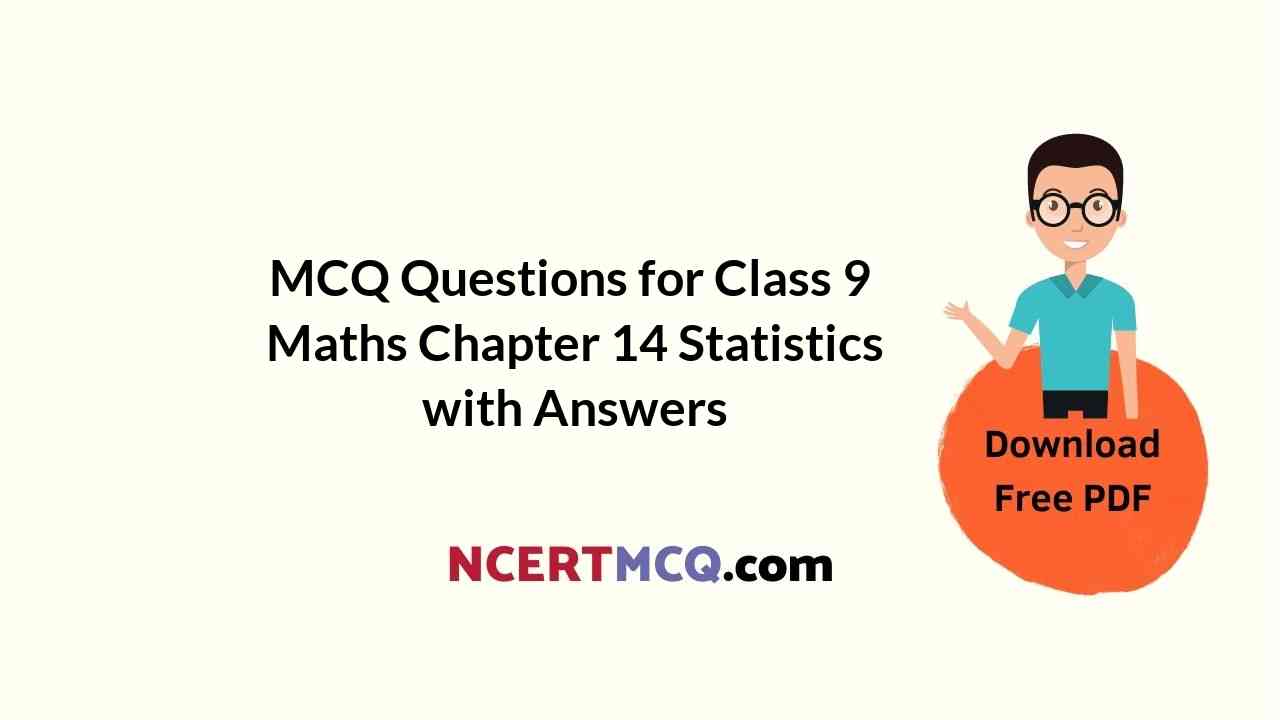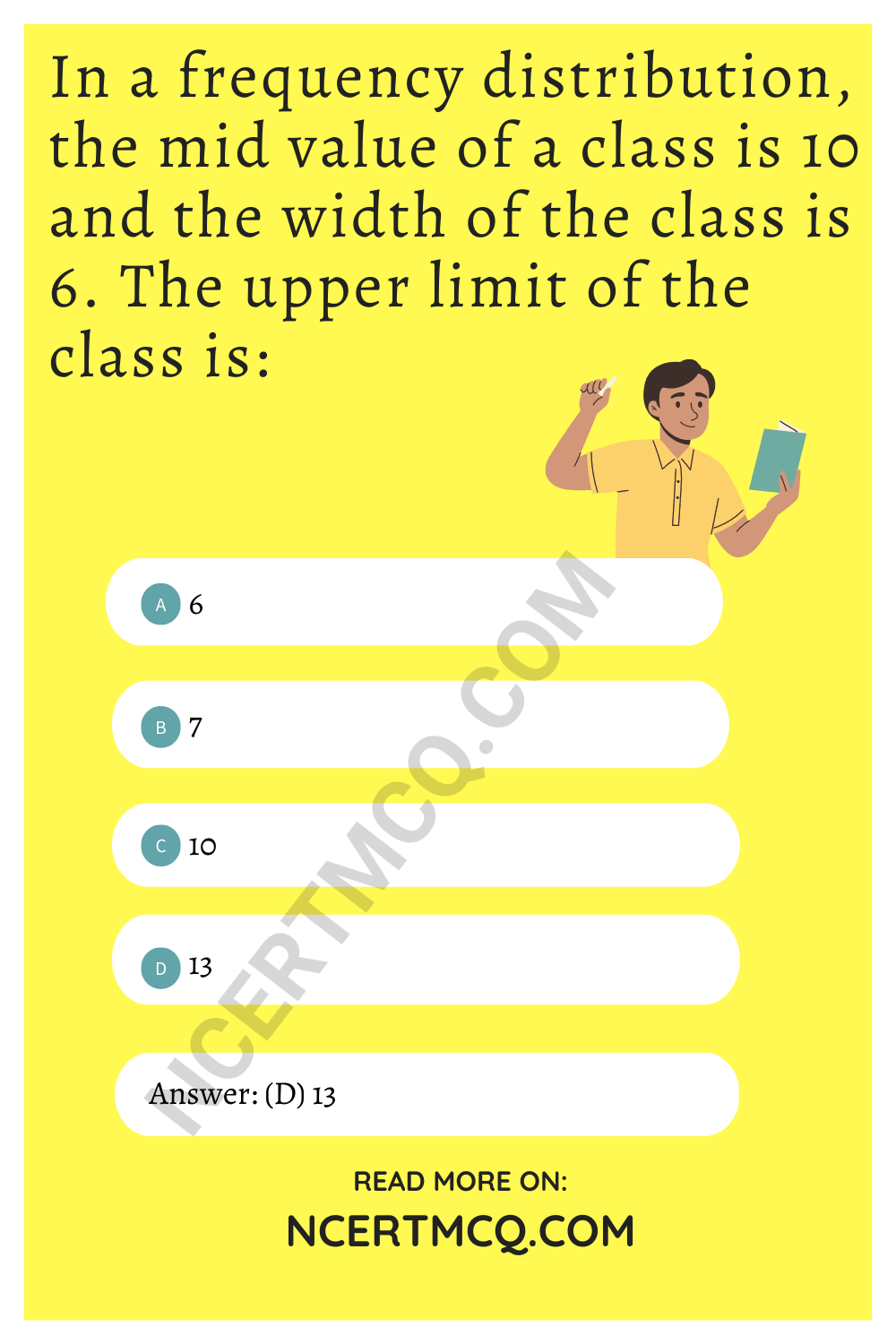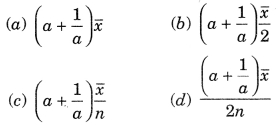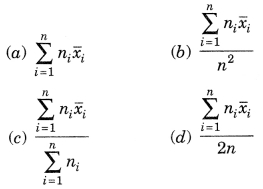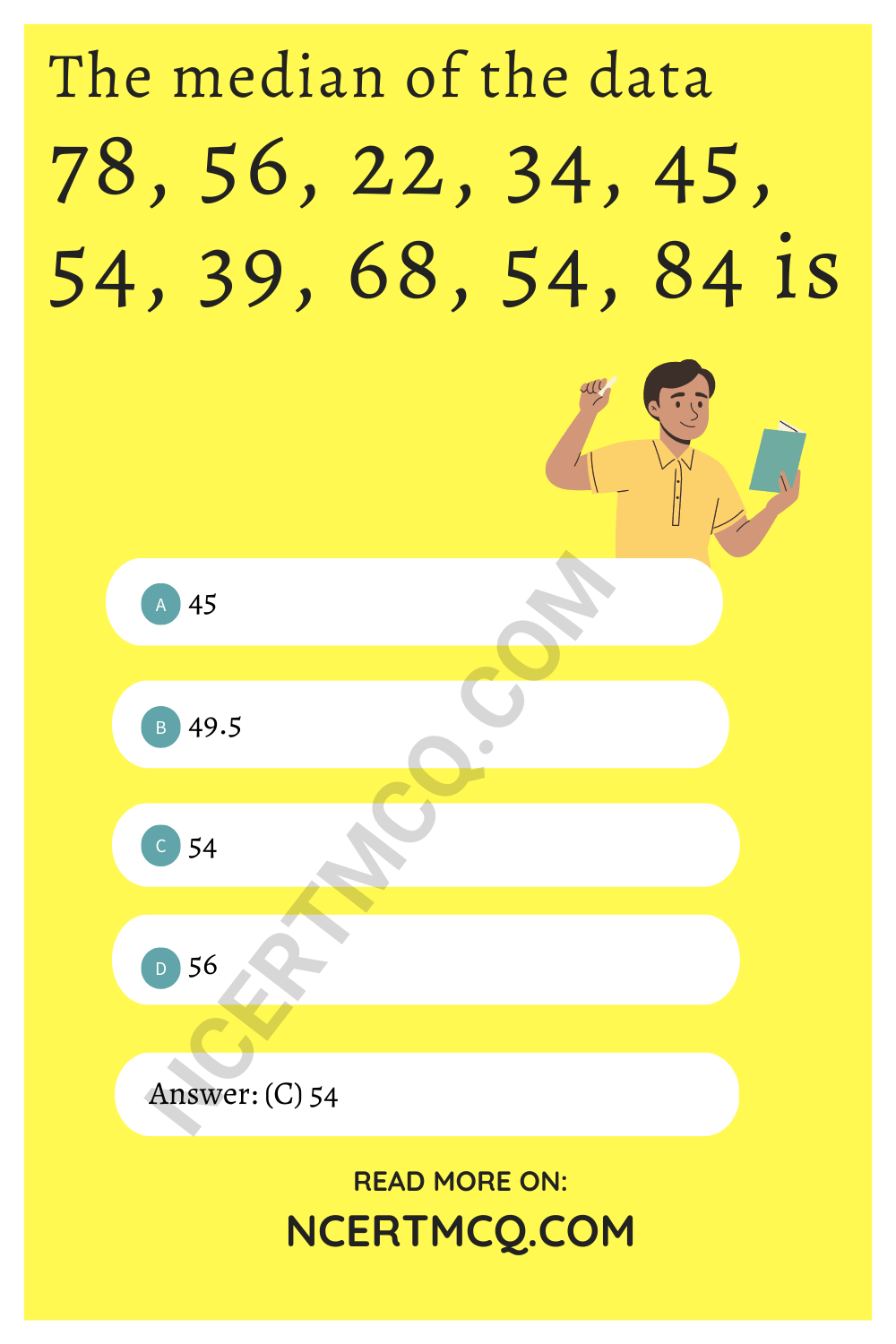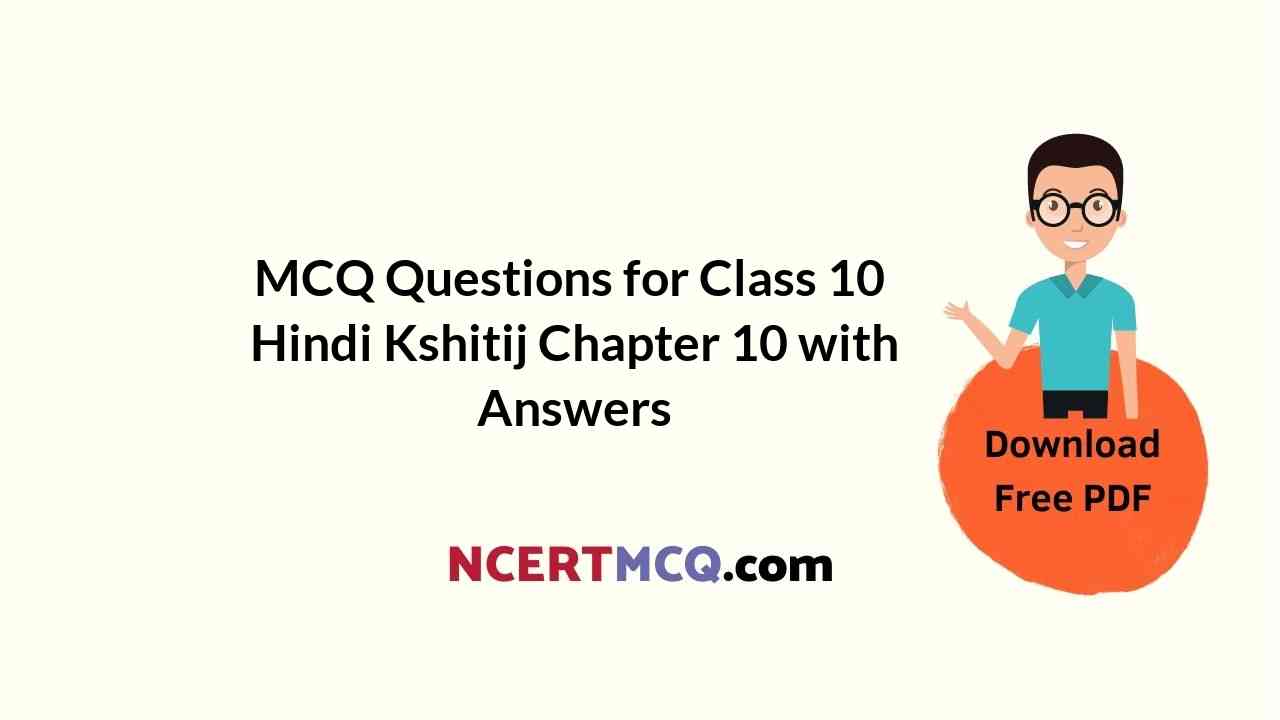Check the below NCERT MCQ Questions for Class 8 Hindi Vasant Chapter 9 कबीर की साखियाँ with Answers Pdf free download. MCQ Questions for Class 8 Hindi with Answers were prepared based on the latest exam pattern. We have provided कबीर की साखियाँ Class 8 Hindi MCQs Questions with Answers to help students understand the concept very well. https://ncertmcq.com/mcq-questions-for-class-8-hindi-with-answers/
Students can also read NCERT Solutions for Class 8 Hindi Chapter 9 Questions and Answers at LearnInsta. Here all questions are solved with a detailed explanation, It will help to score more marks in your examinations.
कबीर की साखियाँ Class 8 MCQs Questions with Answers
Kabir Ki Sakhiyan Class 8 MCQ Question 1.
साधु से क्या पूछना चाहिए?
(a) जाति
(b) धर्म
(c) ज्ञान
(d) वाणी
Answer
Answer: (c) ज्ञान

Class 8 Hindi Chapter 9 MCQ Question 2.
कवि किसका मोल करने की बात कह रहा है?
(a) ज्ञान
(b) म्यान
(c) तलवार
(d) जाति
Answer
Answer: (c) तलवार
Kabir Ki Sakhiyan MCQ Class 8 Question 3.
‘गारी’ शब्द कैसा है?
(a) तत्सम
(b) तद्भव
(c) देशज
(d) विदेशी
Answer
Answer: (c) देशज
Class 8 Hindi Chapter 9 Extra Questions Question 4.
हाथ में हम क्या जाप करते हैं?
(a) दाना
(b) मूर्ति
(c) माला
(d) राजा
Answer
Answer: (c) माला
Class 8 Hindi Ch 9 MCQ Question 5.
कबीर किसकी निंदा न करने की सीख देते हैं?
(a) पड़ोसियों की
(b) मित्रों की
(c) कमज़ोर लोगों की
(d) जानवरों की
Answer
Answer: (c) कमज़ोर लोगों की
Ncert Class 8 Hindi Chapter 9 MCQ Question 6.
कबीर किस काम को बुरा मानते हैं?
(a) निंदा करने को
(b) घास खोदने को
(c) पैरों तले होने को
(d) किसी को नहीं
Answer
Answer: (a) निंदा करने को
MCQ Questions For Class 8 Hindi Chapter 9 Question 7.
कबीर के दोहे का संकलन किस रूप में जाना जाता है?
(a) सबद
(b) छायावादी
(c) साखी
(d) बीजक
Answer
Answer: (c) साखी
Class 8 Chapter 9 Hindi MCQ Question 8.
अहंकार क्यों त्यागना चाहिए?
(a) ताकि मन निर्मल हो जाए
(b) ताकि मन का अज्ञान समाप्त हो जाए
(c) जो अहंकार त्याग देता है उस पर सब कृपाभाव बनाए रखते हैं
(d) इनमें से कोई नहीं
Answer
Answer: (c) जो अहंकार त्याग देता है उस पर सब कृपाभाव बनाए रखते हैं

(1)
जाति न पूछो साध की, पूछ लीजिए ज्ञान।
मोल करो तरवार का, पड़ा रहन दो म्यान॥
Hindi Class 8 Chapter 9 MCQ Question 1.
साधु की जाति क्यों नहीं पूछनी चाहिए?
Answer
Answer: साधु की जाति इसलिए नहीं पूछनी चाहिए क्योंकि वह चाहे किसी भी जाति का हो हमें केवल उसके ज्ञान को प्राप्त करने का प्रयास करना चाहिए।
Ch 9 Hindi Class 8 MCQ Question 2.
हमें म्यान का मोल क्यों नहीं करना चाहिए?
Answer
Answer: असली काम हमें तलवार से करना है न कि म्यान से इसलिए म्यान का मोल नहीं करना चाहिए।
Kabir Ki Sakhiyan MCQs Class 8 Question 3.
तलवार के समक्ष म्यान का महत्त्व क्यों नहीं होता?
Answer
Answer: तलवार के समक्ष म्यान का कोई महत्त्व नहीं होता है क्योंकि जब कभी भी तलवार खरीदी जाती है तो उसकी धार देखी जाती है न कि म्यान।
(2)
आवत गारी एक है, उलटत होई अनेक।
कह कबीर नहिं उलटिए, वही एक की एक॥
Kabir Ki Sakhiya MCQ Class 8 Question 1.
कवि और कविता का नाम लिखिए।
Answer
Answer:
कवि का नाम-कबीर
कविता का नाम-कबीर की साखियाँ ।
Question 2.
कबीर ने गाली के संबंध में क्या कहा?
Answer
Answer: कबीर ने गालियों के संबंध में कहा कि यदि कोई व्यक्ति एक गाली देता है तो दूसरा कई गाली देकर उत्तर देता है। इस प्रकार गालियों का सिलसिला चल पड़ता है।
Question 3.
एक से अनेक गालियाँ हो जाती हैं?
Answer
Answer: जब हमें कोई व्यक्ति एक गाली देता है और हम उसके जवाब में उसे पलटकर गाली देते हैं। तो ऐसा करने से एक गाली की संख्या अनेक में बदलती है।
Question 4.
गालियों की संख्या एक कैसे रह जाती है?
Answer
Answer: जब हमें कोई गाली निकाले और हम उसके उत्तर में मौन होकर रह जाए तो गाली की संख्या एक ही रहेगी और इसमें बढ़ोतरी नहीं होगी।
(3)
माला तो कर में फिरे, जीभि फिरै मुख माँहि ।
मनुवाँ तो दहुँ दिसि फिरै, यह तौ सुमिरन नाहिं ॥
Question 1.
कवि और कविता का नाम लिखिए।
Answer
Answer:
कवि का नाम-कबीर
कविता का नाम-कबीर की साखियाँ ।
Question 2.
माला कहाँ घूमती है?
Answer
Answer: माला हाथ में घूमती है।
Question 3.
मनुष्य दिखावे की भक्ति किस रूप में करता है?
Answer
Answer: मनुष्य हाथ में मनके की माला का जाप करते रहते हैं और मुँह से राम-राम का जाप करते रहते हैं लेकिन उसका मन कहीं और भटकते रहता है। उसका चंचल मन भटकते रहता है ईश्वर में उसकी आस्था कम होती है।
Question 4.
कवि सच्चा सुमिरन किसे नहीं मानता है?
Answer
Answer: हाथ में माला लेकर राम नाम जपते रहना ही सुमिरन का सही तरीका नहीं है।
Question 5.
जीभ और सुमिरन शब्दों का तत्सम रूप होगा।
Answer
Answer:
जीभ-जिह्वा
सुमिरन-याद करना, स्मरण करना
(4)
कबीर घास न नीदिए, जो पाऊँ तलि होइ।
उड़ि पड़े जब आँखि मैं, खरी दुहेली होइ॥
Question 1.
कबीर किस काम को नहीं करने की निर्देश दे रहे हैं।
Answer
Answer: कबीर कभी भी घास तक की निंदा यानी बुराई न करने का निर्देश दे रहे हैं?
Question 2.
घास का तिनका किसका प्रतीक है।
Answer
Answer: घास का तिनका कमज़ोर एवं तुच्छ व्यक्ति का प्रतीक है।
Question 3.
घास का तिनका किस प्रकार कष्टदायी हो जाता है ?
Answer
Answer: पैर तले रौंदी जाने वाली घास का तिनका यदि आँख में पड़ जाए तो अत्यधिक कष्ट देता है। अगर कोई कमज़ोर व्यक्ति यदि शक्तिवान बन जाए तो आघात पहुँचता है।
Question 4.
दुहेली शब्द का क्या अभिप्राय है?
Answer
Answer: दुहेली शब्द का अर्थ होता है- कष्टकारी।
(5)
जग में बैरी कोइ नहीं, जो मन सीतल होय।
या आपा को डारि दे, दया करै सब कोय॥
Question 1.
मनुष्य का मन कैसा होना चाहिए?
Answer
Answer: मनुष्य का मन शीतल, निर्मल और शांत होना चाहिए क्योंकि जिस मनुष्य का मन शांत और निर्मल होता है उसका कोई दुश्मन नहीं होता, सभी उससे स्नेह करते हैं।
Question 2.
मनुष्य को अहंकार छोड़ने का संदेश क्यों दिया गया है?
Answer
Answer: कवि ने मनुष्य को अहंकार त्यागने का संदेश इसलिए दिया है जो व्यक्ति अहंकार त्याग देता है उस पर सभी कृपा भाव बनाए रखते हैं।
Question 3.
कवि ने आपा त्यागने की सीख क्यों दी है ?
Answer
Answer: आपा’ यानी अहंकार त्याग देने से व्यक्ति का संसार में कोई दुश्मन नहीं रह जाता।
Question 4.
इस कविता के रचयिता कौन हैं?
Answer
Answer: इस कविता के रचयिता कबीरदास हैं।
We hope the given NCERT MCQ Questions for Class 8 Hindi Vasant Chapter 9 कबीर की साखियाँ with Answers Pdf free download will help you. If you have any queries regarding CBSE Class 8 Hindi कबीर की साखियाँ MCQs Multiple Choice Questions with Answers, drop a comment below and we will get back to you soon.
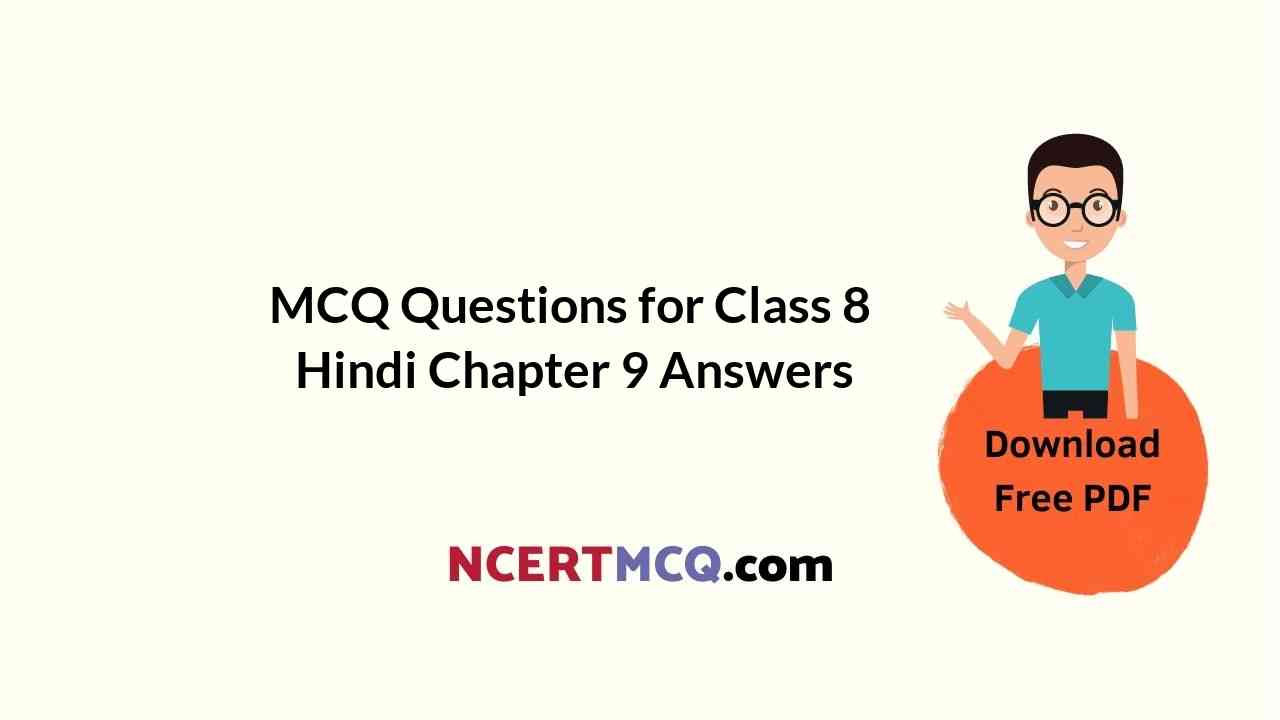
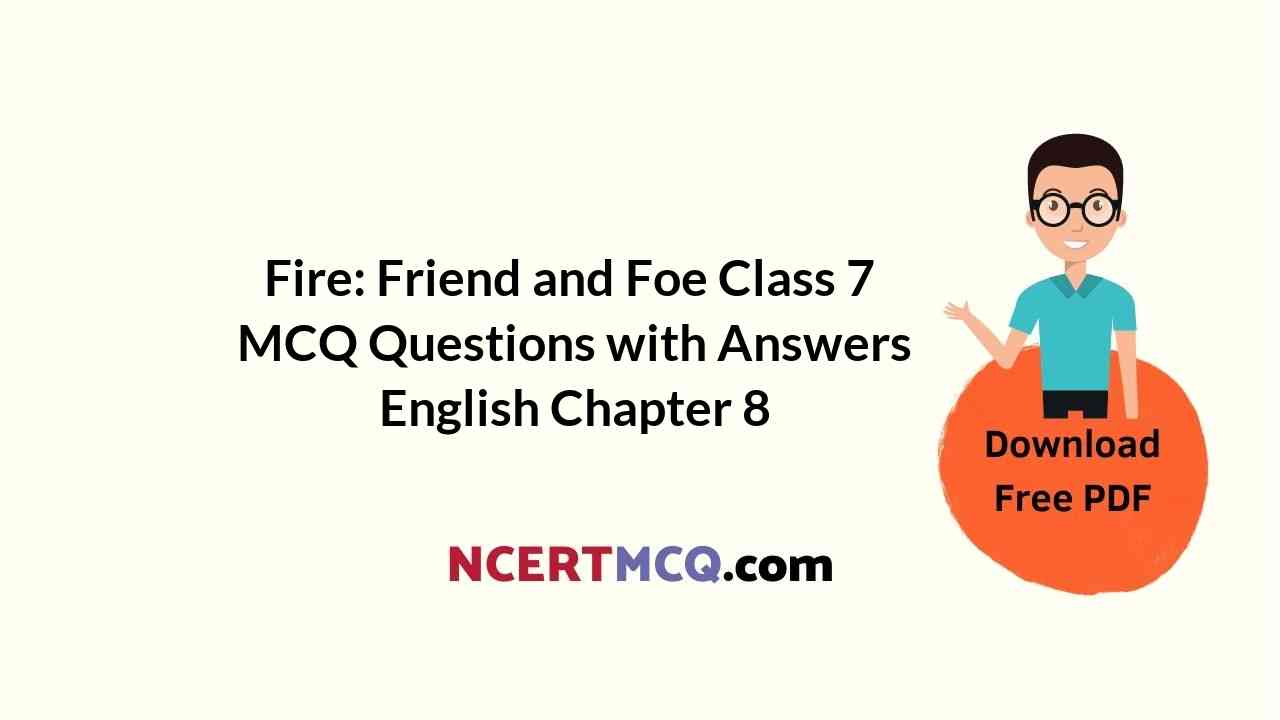
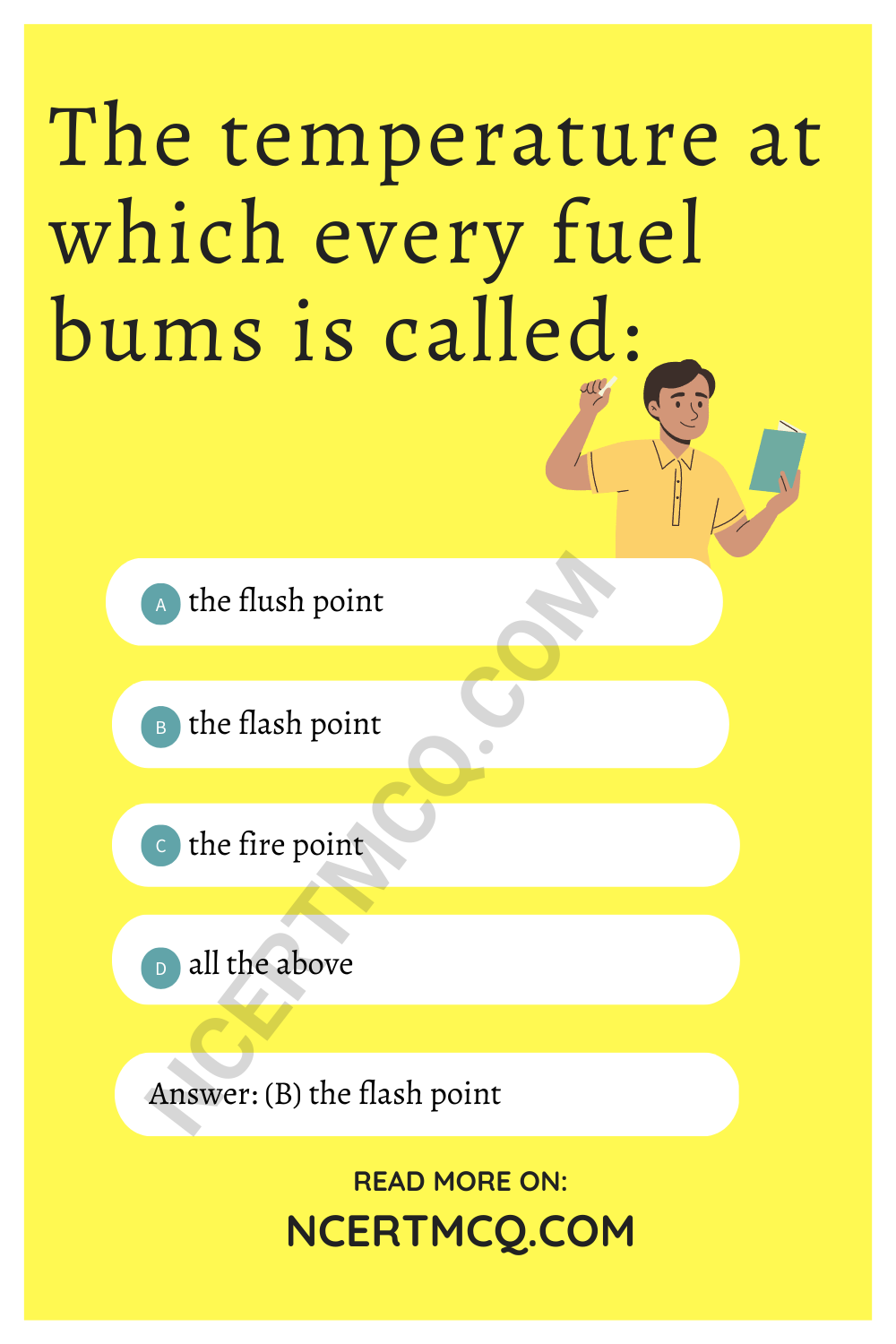

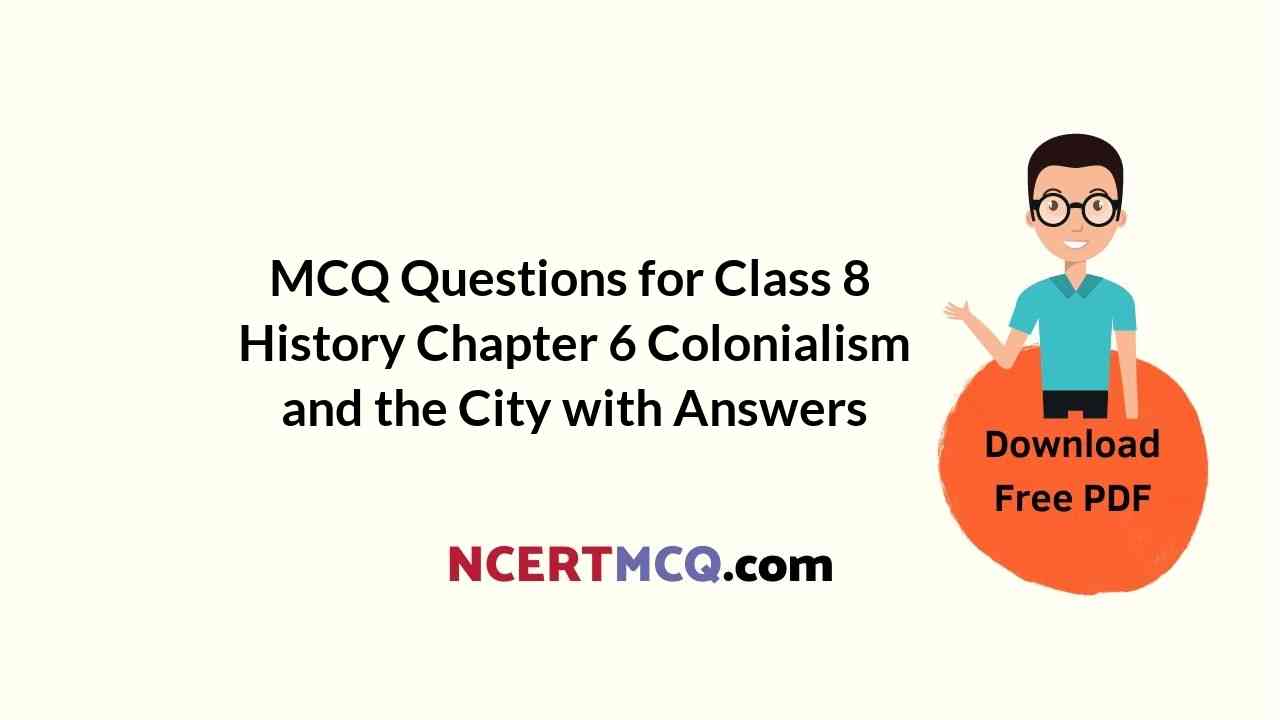
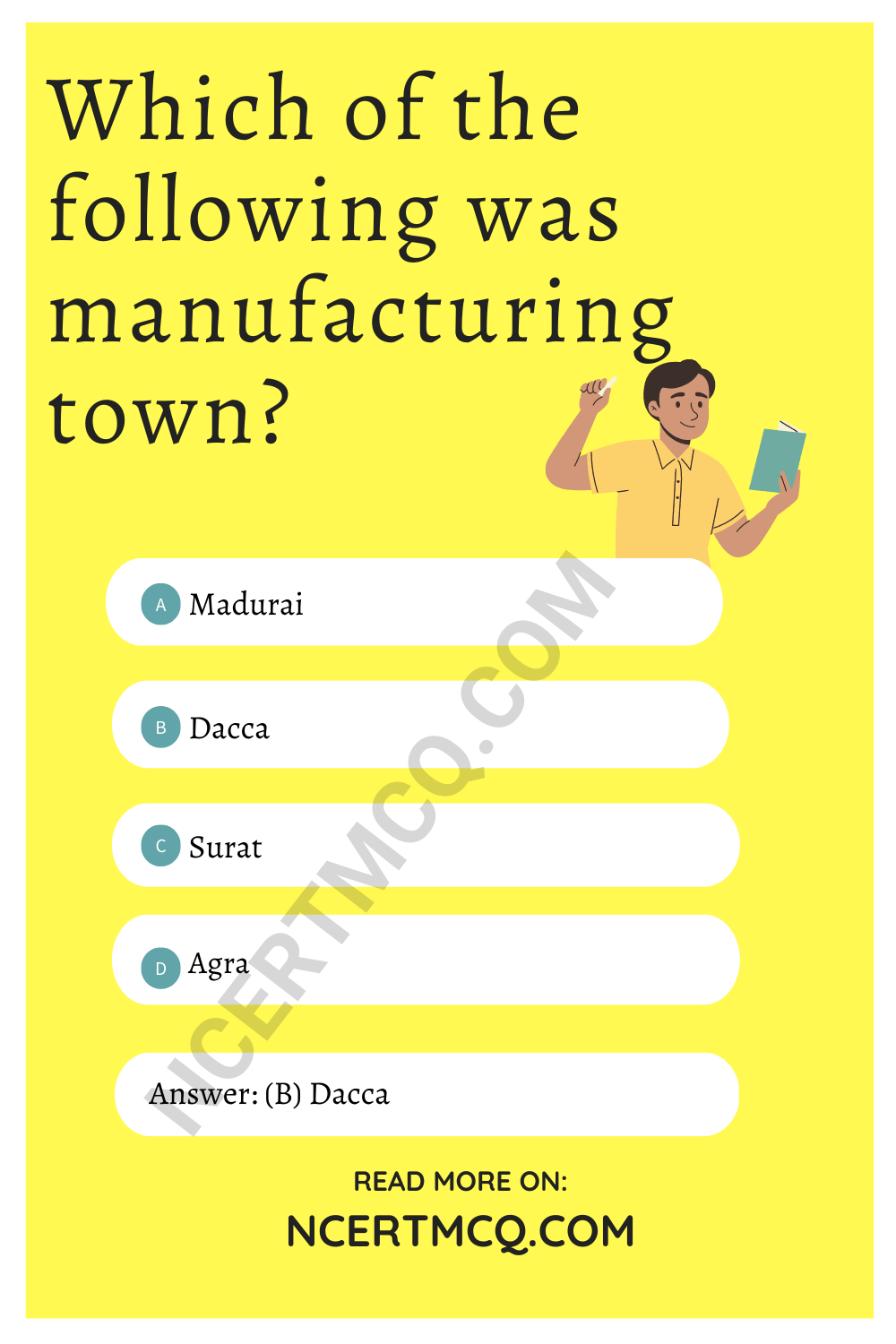
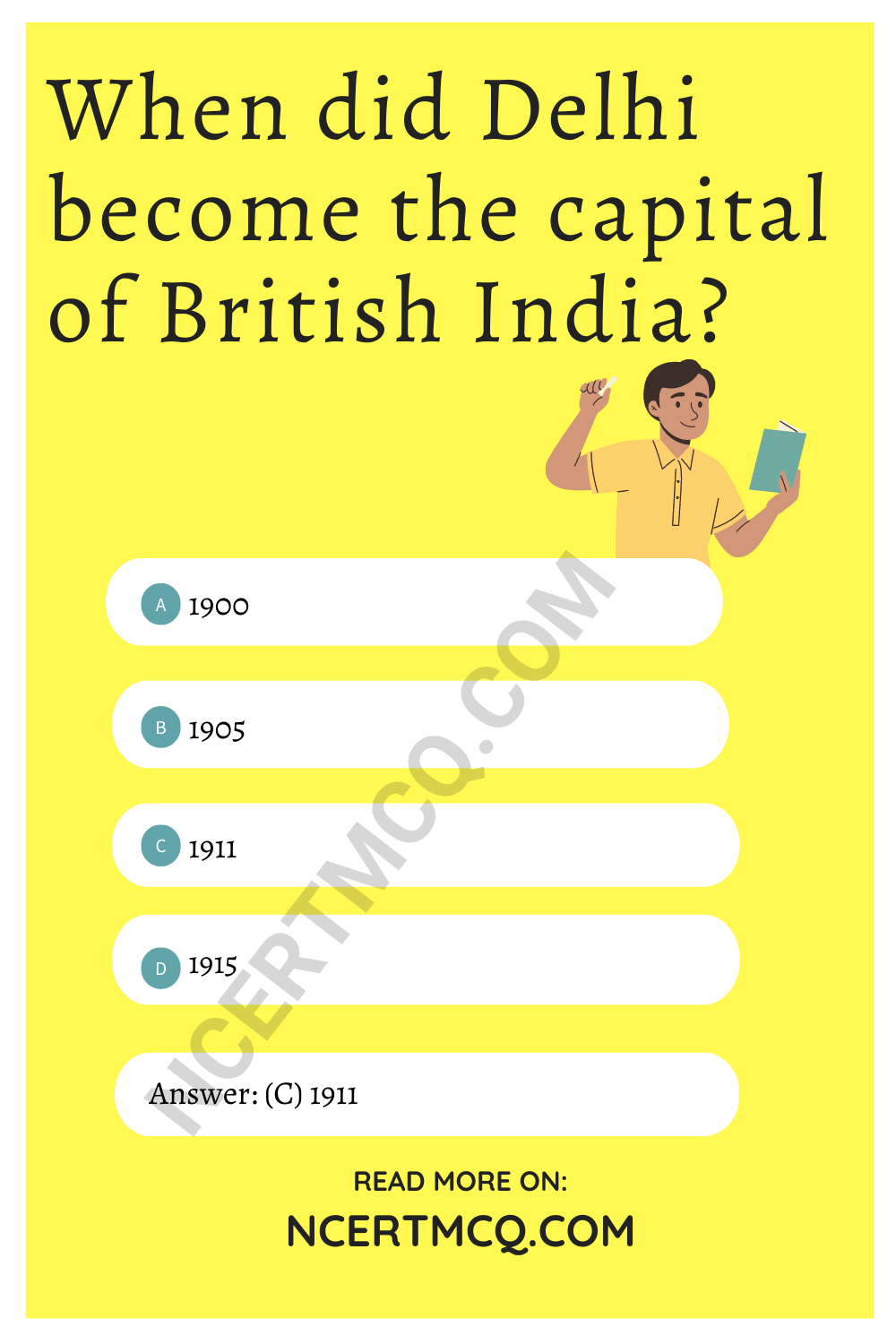
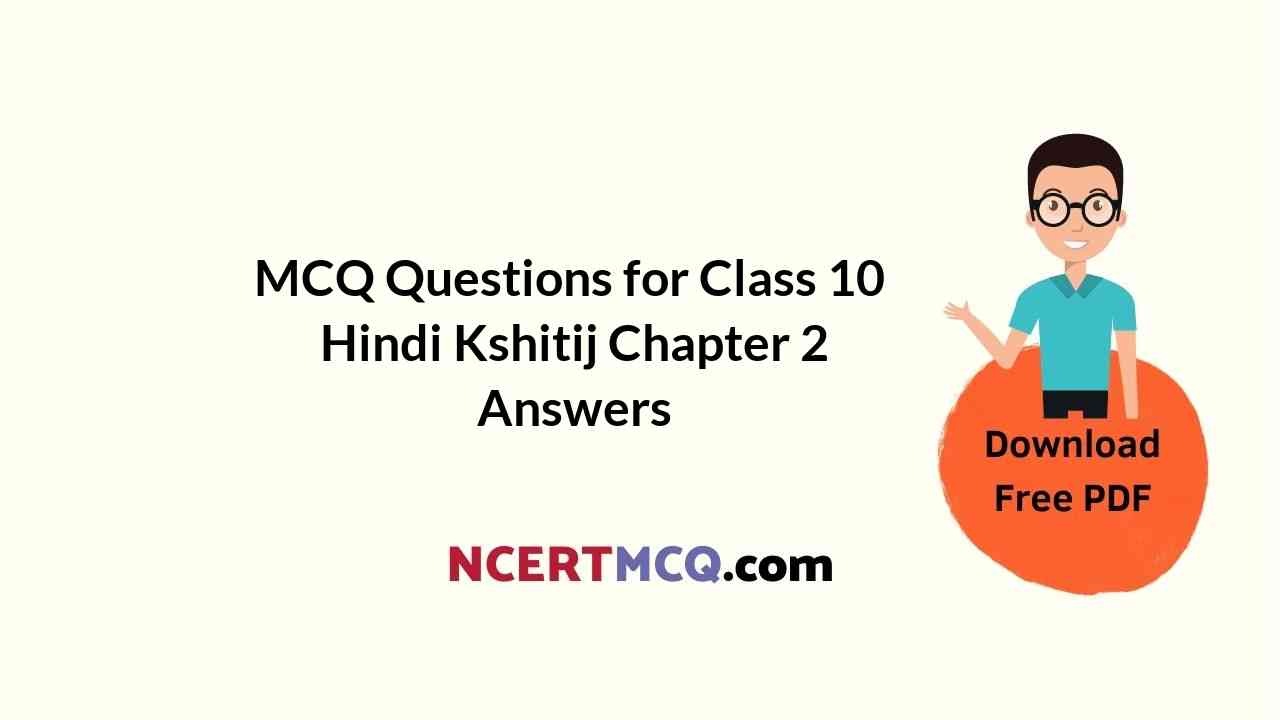

 We hope the given NCERT MCQ Questions for Class 10 Hindi Kshitij Chapter 2 राम-लक्ष्मण-परशुराम संवाद with Answers Pdf free download will help you. If you have any queries regarding राम-लक्ष्मण-परशुराम संवाद CBSE Class 10 Hindi Kshitij MCQs Multiple Choice Questions with Answers, drop a comment below and we will get back to you soon.
We hope the given NCERT MCQ Questions for Class 10 Hindi Kshitij Chapter 2 राम-लक्ष्मण-परशुराम संवाद with Answers Pdf free download will help you. If you have any queries regarding राम-लक्ष्मण-परशुराम संवाद CBSE Class 10 Hindi Kshitij MCQs Multiple Choice Questions with Answers, drop a comment below and we will get back to you soon.